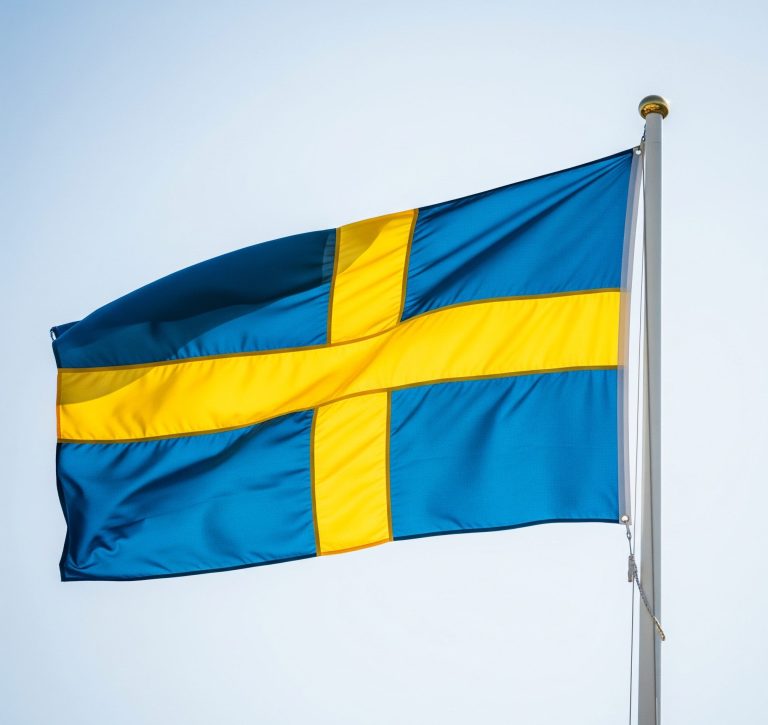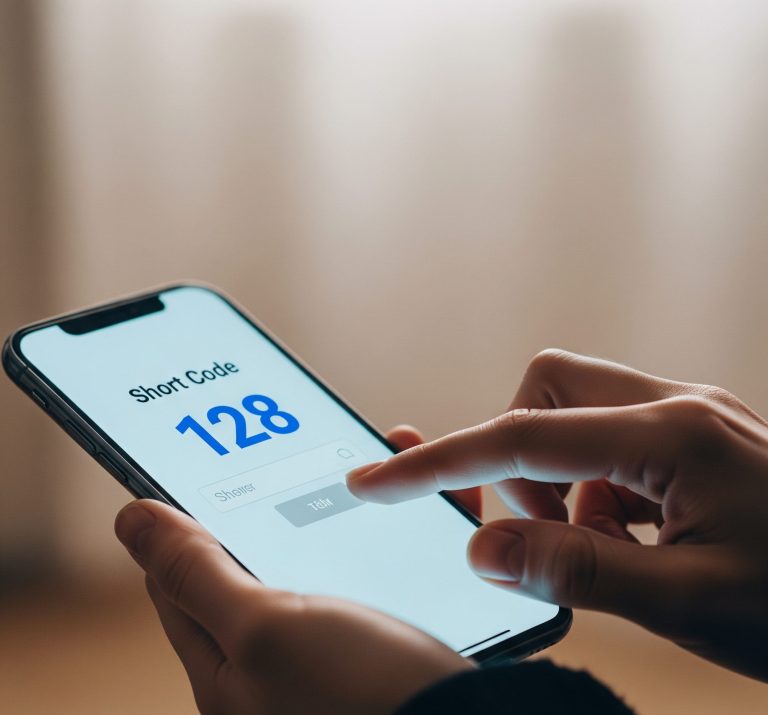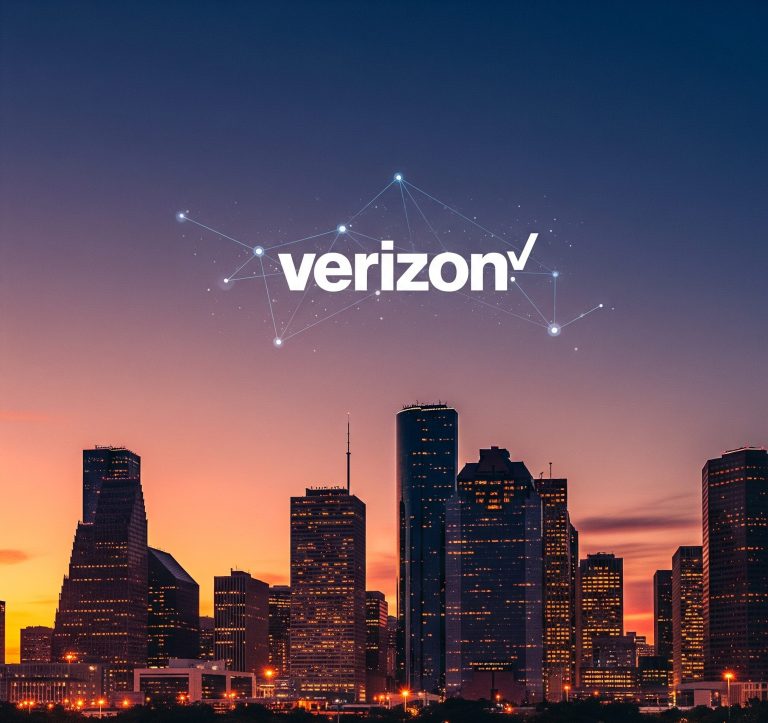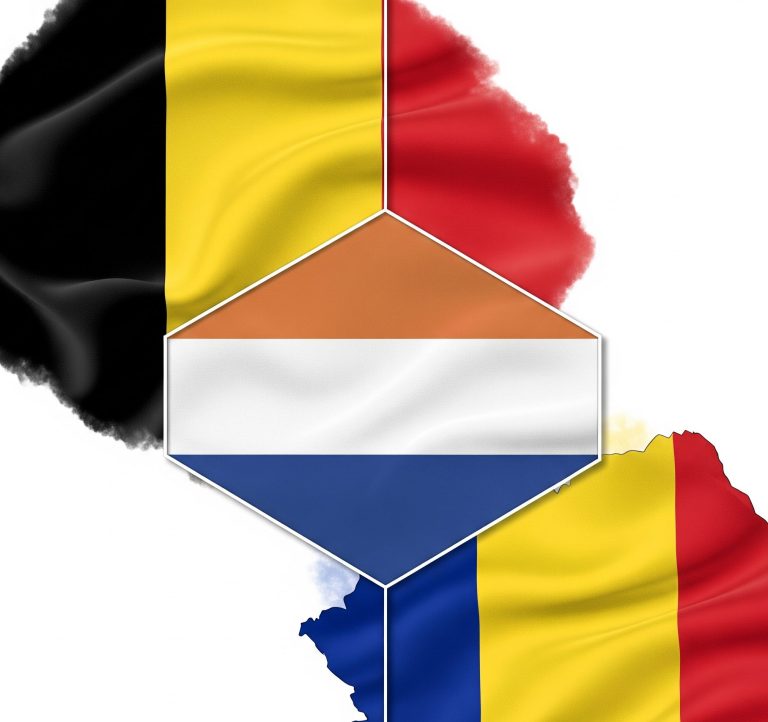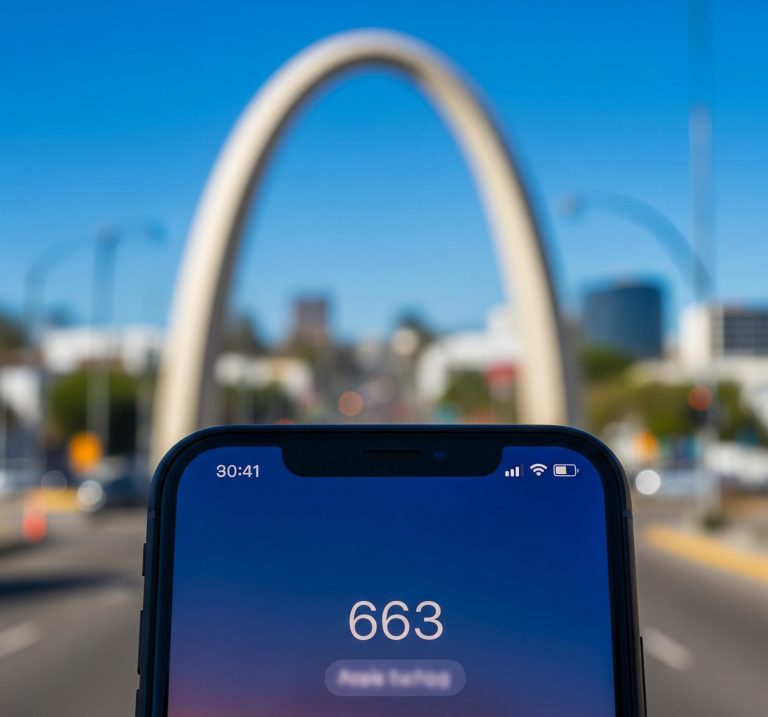For anyone making a call to or within a significant portion of Connecticut, the 860 area code is a familiar sight. This numerical identifier serves as a vital digital gateway to a diverse region, encompassing bustling state capitals, historic towns, picturesque rural landscapes, and vibrant communities. Far more than just a sequence of numbers, the 860 area code tells a story of connectivity, growth, and the unique character of central and eastern Connecticut.
Contents
The Origins and Evolution of the 860 Area Code
Prior to 1995, the entire state of Connecticut was served by a single area code: 203. As the demand for new phone numbers surged with the advent of cell phones, fax machines, and the internet, the need for a split became undeniable. The 860 area code was officially introduced on August 6, 1995, carving out a significant portion of the state from its 203 predecessor. This division was a crucial step in ensuring sufficient numbering resources for Connecticut’s rapidly expanding telecommunications infrastructure.
The initial split saw the 860 area code cover the northern, central, and eastern parts of the state, while the 203 area code remained for southwestern Connecticut, including major cities like Bridgeport, New Haven, and Stamford. This strategic division aimed to minimize disruption while effectively addressing the growing demand for new phone lines.
Geographic Reach of the 860 Area Code
The 860 area code is geographically expansive, covering a vast and varied landscape. It includes:
- Hartford County: Home to the state capital, Hartford, this county is a hub of government, insurance, and cultural institutions. Towns like West Hartford, East Hartford, and New Britain fall under the 860 area code.
- Tolland County: Located to the east of Hartford, Tolland County is characterized by its charming small towns and rural beauty, including Mansfield (home to the University of Connecticut).
- Windham County: Situated in the northeastern corner of the state, Windham County is known for its agricultural roots and scenic countryside, with towns like Putnam and Willimantic.
- New London County: Stretching along the southeastern coast, New London County boasts a rich maritime history and includes cities like New London and Norwich, as well as the popular Mystic.
- Middlesex County: Located in the central part of the state along the Connecticut River, Middlesex County includes towns like Middletown and Old Saybrook.
- Litchfield County: While a significant portion of Litchfield County falls under the 860 area code, some western parts are still served by 203. This area is known for its picturesque New England towns and scenic beauty.
This wide-ranging coverage means that whether you’re contacting a business in downtown Hartford, a student at UConn, or a resident in a quiet Litchfield County town, you’re likely dialing into the 860 area code.
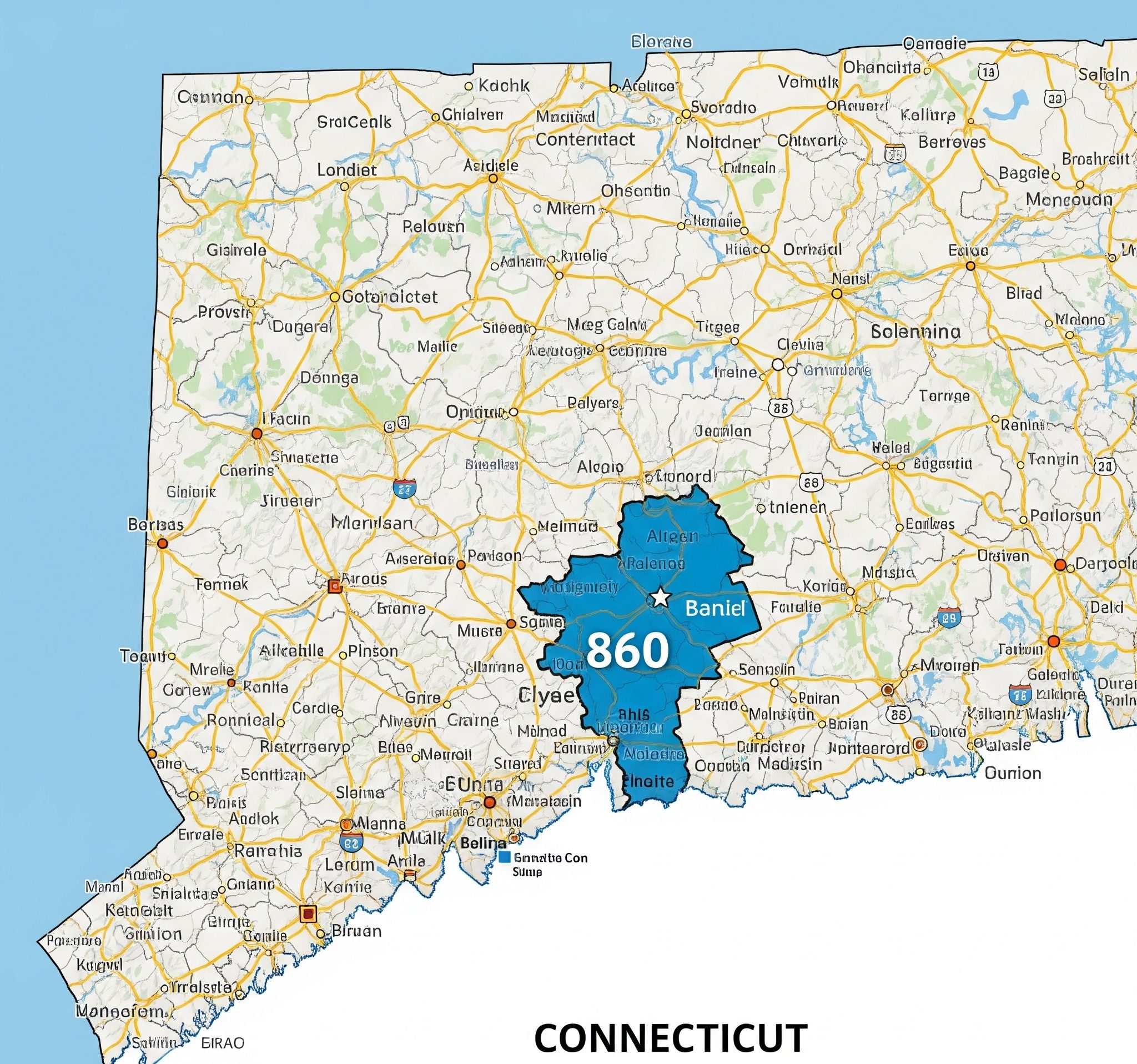
The Overlay: Introducing the 959 Area Code
As telecommunications continued to evolve and demand for new numbers persisted, even the extensive reach of the 860 area code began to show signs of strain. To address this, an “overlay” area code, 959, was introduced.
An overlay means that a new area code is assigned to the same geographic region as an existing one. This differs from a “split,” where a region is divided into two distinct area code territories. The 959 overlay, implemented in November 2014, means that new phone numbers issued within the 860 area code‘s territory may now be assigned the 959 prefix.
One key implication of an overlay is the necessity of 10-digit dialing. Previously, local calls within the 860 area code (or 203) could often be completed by dialing just the 7-digit number. With the 959 overlay, however, all local calls within the 860/959 service area now require dialing the full 10-digit number (area code + 7-digit number). This ensures that calls are directed to the correct number, regardless of whether it’s an 860 or 959 prefix. While this change initially required an adjustment for many residents, it has become standard practice and is crucial for the continued efficient allocation of phone numbers.
The 860 Area Code in the Digital Age
In an era dominated by mobile communication and the decline of landlines, the significance of area codes might seem diminished to some. However, the 860 area code remains a crucial identifier for businesses, residents, and governmental services within its territory.
For businesses, having an 860 area code often signifies a local presence, fostering trust and familiarity with customers in central and eastern Connecticut. For individuals, it’s a part of their digital address, connecting them to their communities and networks. Emergency services, local governments, and schools all rely on area codes to efficiently route calls and provide services.
Furthermore, the 860 area code can be a point of regional pride, symbolizing a connection to the rich history and vibrant communities of this part of Connecticut. It represents a shared digital space for residents and a clear geographical marker for those outside the region.
Future of the 860 Area Code
As technology continues to advance, the methods of communication will undoubtedly evolve. However, the fundamental need for unique identifiers like the 860 area code will persist. The introduction of the 959 overlay demonstrates a proactive approach to managing numbering resources and ensures that central and eastern Connecticut will continue to have ample phone numbers for its growing population and dynamic economy. The 860 area code, alongside its 959 counterpart, will remain a cornerstone of connectivity for this vital region of the United States.


